Tools to help you

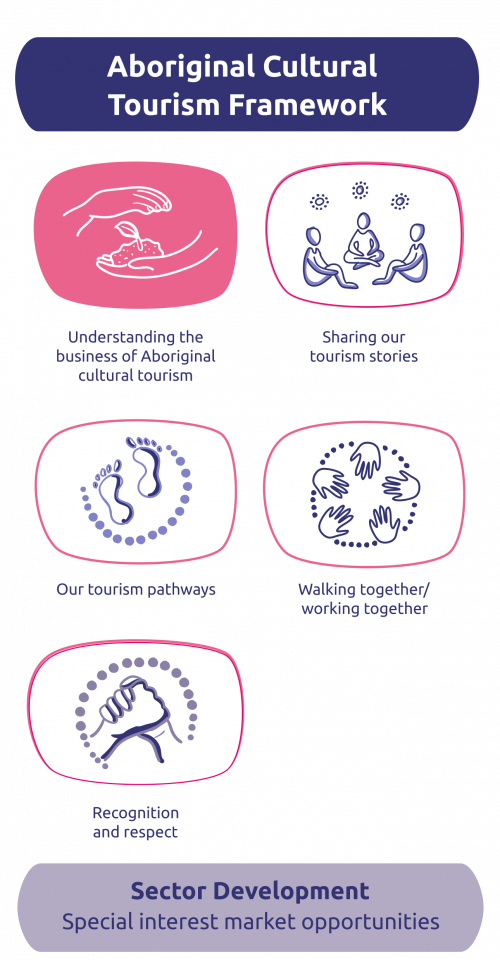
What is Aboriginal cultural tourism?
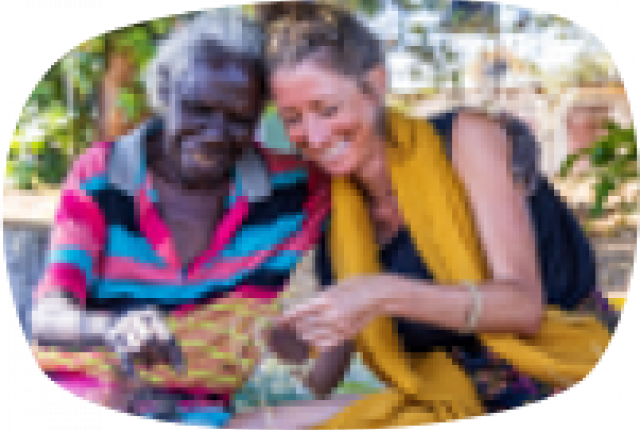
Storytelling
Guided tours, signs, artwork, print or digital information, cultural workshops, events and on Country experiences.
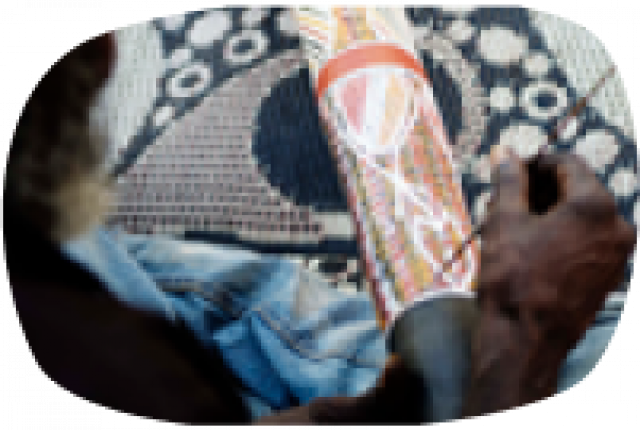
Creative
Visit galleries, see artworks such as sculptures, meet artists, participate in creative workshops, attend cultural art exhibitions and festivals and purchase authentic cultural artworks.
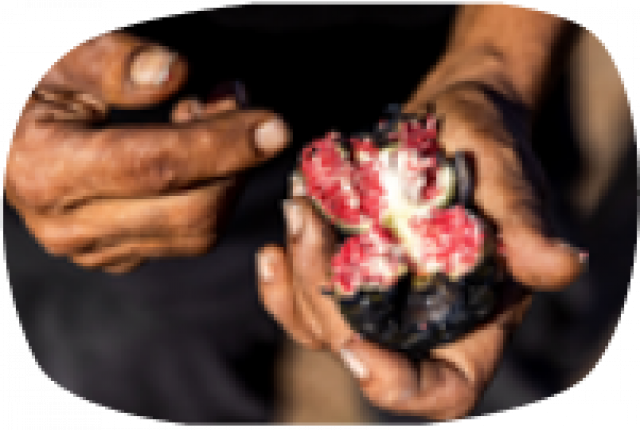
Bush tucker and Bush Medicine
Learning, gathering, sampling, preparing, selling bush food and bush medicine.
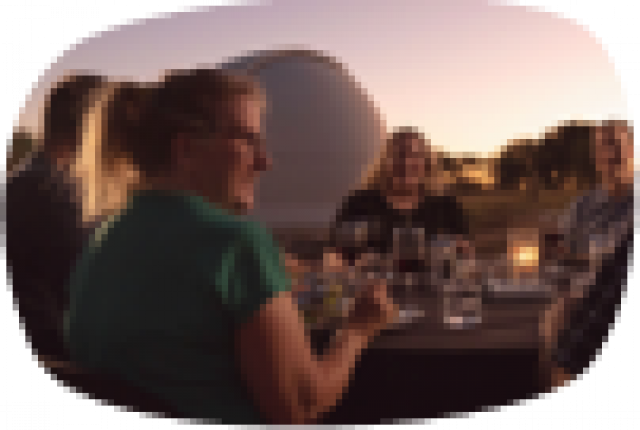
Community and lifestyle
Day to day ‘way of life’, sustainable living, tools and shelter, overnight stays, sharing culture and traditions.

Spiritual experiences
Traditional performances, songlines, dance, music, ceremony, festivals and events.

Attractions
Visits to special cultural, natural and historic sites.
80% of visitors believe the Northern Territory is a place to connect with Aboriginal Culture. Adapted from the United Nations World Tourism Organisation’s (UNWTO) cultural tourism definition. (Source: Autumn 23 Monthly Tracking Report, Tourism NT).
Cultural tourism is a way of uniting peoples from many different backgrounds and growing our respect for one another. Each of these types of cultural tourism can be connected to all the things visitors need when they travel. From transport, meals and places to stay – all of these visitor needs can become part of a cultural tourism experience.

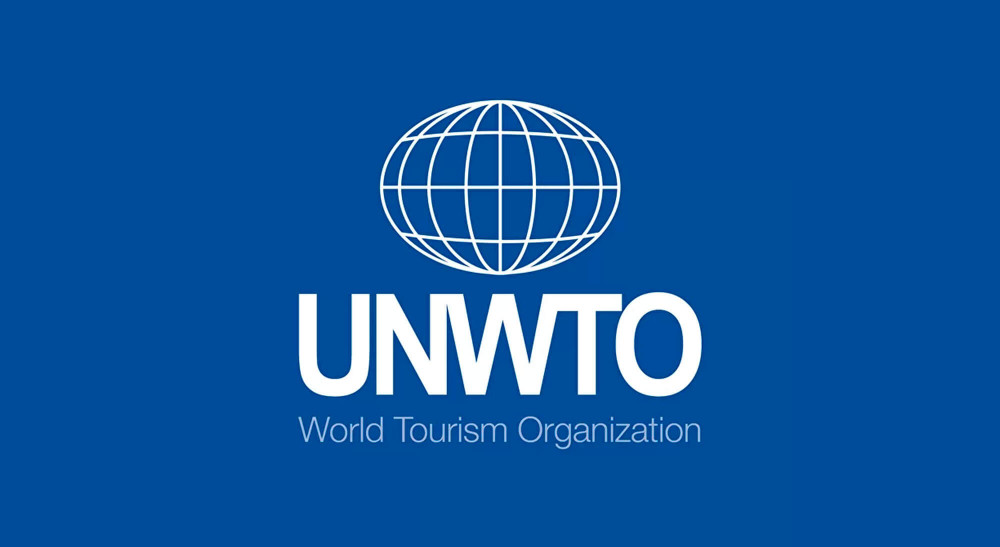
Adapted from the United Nations World Tourism Organisation’s (UNWTO) cultural tourism definition.
How will tourism help me?
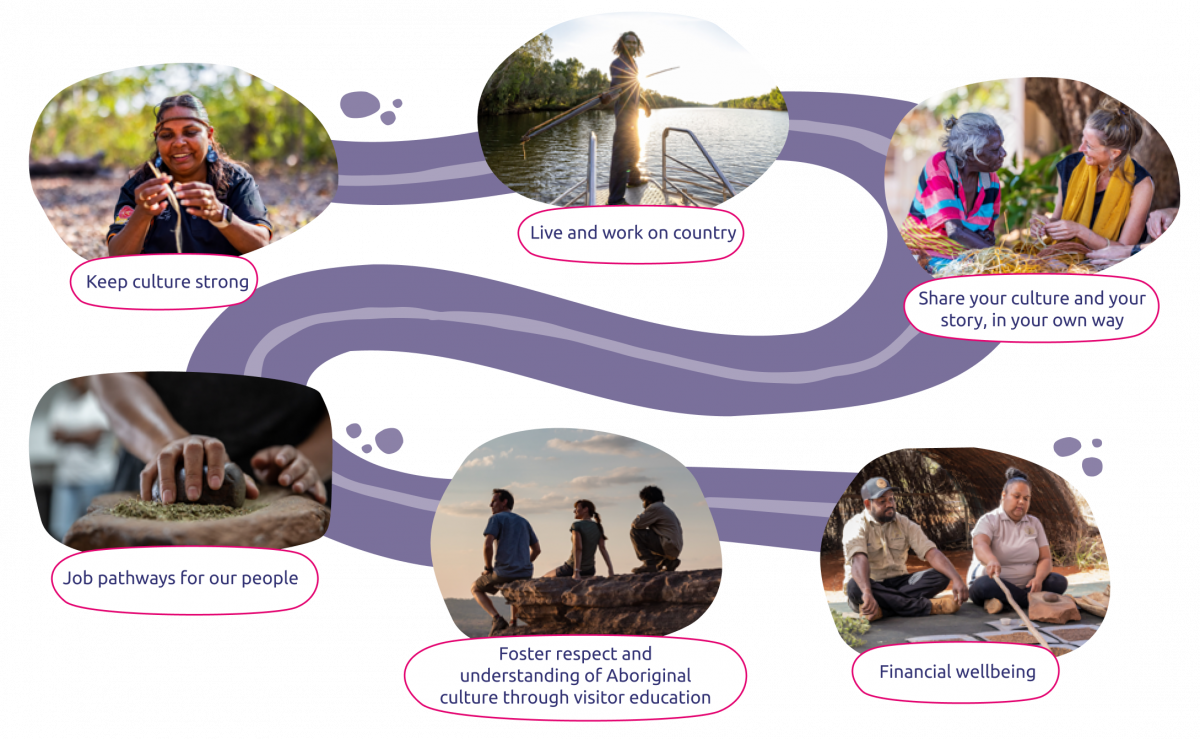

What is a ‘product’ and what is an ‘experience’?
There are many words you will hear from people working in the tourism industry. ‘Tell me about your tourism product’ and ‘what kind of visitor experience do you offer?’ are examples of tourism language often used.
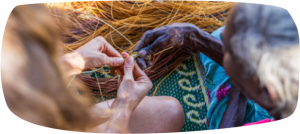
What is a product?
A tourism product is a combination of tangible and intangible elements such as natural, cultural and man-made resources, attractions, facilities, services and activities around a specific centre of interest. These represent the core of the destination marketing mix and create an overall visitor experience including emotional aspects for the potential customers. A tourism product is priced and sold through distribution channels and it has a lifecycle. Simply, your product is the ‘goods and services’ you sell to visitors.

What is an experience?
The complete travel experience includes all the tourism needs that a visitor uses from the time they leave home, during their visit to the destination up until they return. This includes transport, accommodation, meals, tours and attractions as well as other activities. When you combine all of these products and needs, together this makes a visitor experience.
Tourism NT has a helpful glossary to explain some of the tourism language you may hear:
- Download: Fact Sheet - Glossary of NT Tourism terms and acronyms
- Or visit: Tourism NT - Industry Toolkit - Tourism Business Support Guide - Starting Tourism Business
Definition of product and experience adapted from the Australian Tourism Toolkit, Tourism Australia.
Why do people travel?
Tourism is the travel of people (visitors) to a different place away from their home.
Different purposes for travel include:
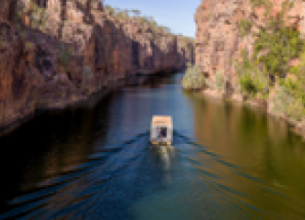
As a holiday, time off from work to relax and experience somewhere different.

To visit family or friends.
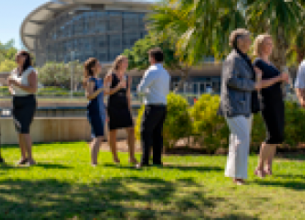
For work purposes or business.
United Nations World Tourism Organisation (UNWTO) Glossary of Tourism Terms, Tourism Definition
Ways of travel
Visitors travel to and across the Northern Territory in many different ways:
Long Haul
Visitors travelling long distances across Australia using caravans and motorhomes. They generally only travel short distances each day and take their time exploring the
Freedom campers
Visitors hiring a Recreation Vehicle (RV caravan), camping in free or paid camping locations.
4WD
An adventure market, including Territorians, who are seeking An adventure market, including Territorians (or Territory locals) who are seeking. Often self-sufficient with camping equipment and food sources.
Fly-drive
Interstate/international holiday or business travellers coming for a short break, to attend an event or work requirement. Have usually booked hotel style accommodation and tours in hubs and well-known visitor destinations.
Cruise
International and domestic visitors travelling into the Darwin Port for day excursions or on luxury small cruises across Australia’s northern coastline. Will be looking for activities, tours and retail experiences during on-shore time.
Ghan/train
Visitors on a journey of a lifetime enjoying a luxury train experience with itinerary options from Adelaide through to Darwin. Visitors spend time at various locations in close proximity to Ghan stations participating in all-inclusive tours and visiting attractions.
Electric vehicles
A growing market with forecasts that by 2030, one third of all cars in Australia will be electric. Fast charging stations will need to be considered across the Northern Territory, including remote areas to encourage this market to enjoy safe and reliable NT drive journeys.
Who visits the Northern Territory?
Over 1.5 million people visit the Northern Territory each year, this includes local, interstate and international travellers. Each visitor type will have different reasons for travelling, different needs and interests.
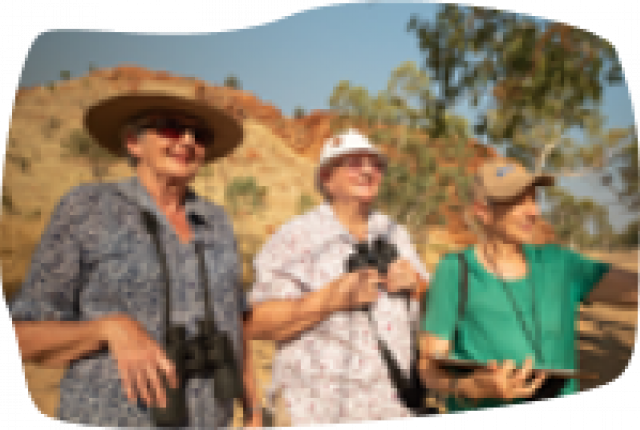
Mature travellers
Retired Australians in a caravan or retired international travellers in a hired campervan. They can take their time and enjoy relaxing in nature.

Australian families
School holiday travel, selfdrive (own car or hire car), camping or family cabins/ rooms, want to learn about nature, culture and history.
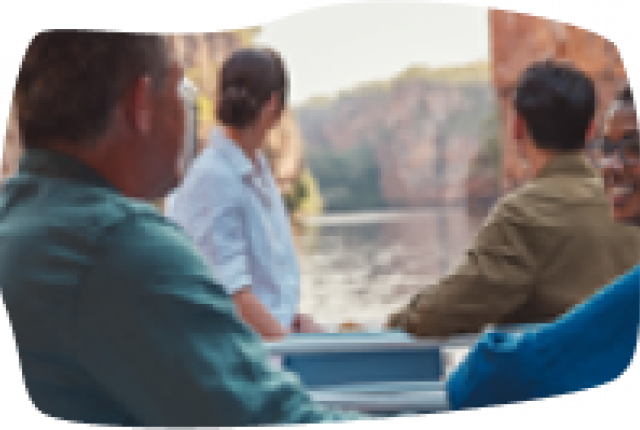
Experience seekers
Australian and international professional couples looking for private and exclusive tours with everything included. Prefer luxury or eco-accommodation and unique and personalised experiences such as cruises, Ghan, scenic flights, dining and Aboriginal guided tours and experiences.

Youth travellers
International backpackers and Working Holiday Makers, university students. May travel alone or with friends and choose either guided budget tours or self drive camping. Looking for adventure and opportunities to connect with Aboriginal people and nature.
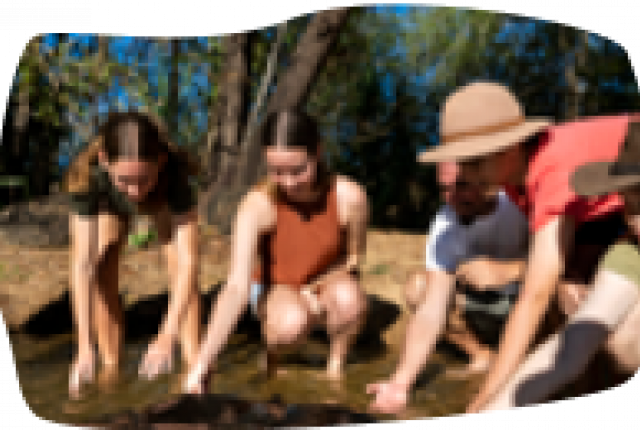
Education groups
Primary, secondary and university study tours and excursions. Coach camping or dormitory tours that provide learning experiences meeting the Australian school curriculum - this includes learning about Aboriginal culture, environments and history. Looking for adventure and hands-on outdoor learning experiences.
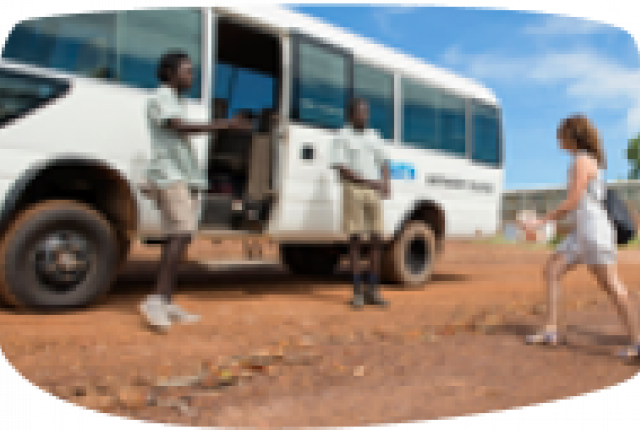
Tour groups
Tour guides leading tour groups (usually bus and coach tours). Will look for value add opportunities such as visits to Aboriginal art galleries and cultural centres, stays at culture camps, cultural workshops and Aboriginal step-on-guides at cultural sites.
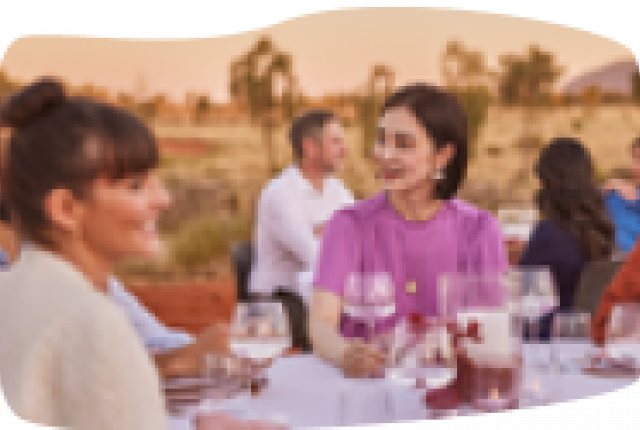
Corporates and business groups
Travelling for a meeting or a business event, usually fly/hire car. May include tours and visits to special places outside of meetings, cultural awareness workshops, on Country business retreats, Welcome to Country and Smoking Ceremonies.

International visitors
International visitors will be looking for unique, high quality experiences in iconic destinations with opportunities to learn about Aboriginal culture such as cultural camps, workshops and tours. Popular NT international markets include: UK, Germany, France, Italy, Japan, Greater China, Singapore and North America.
Target market trends identified through Tourism NT and Tourism Australia travel data as at June 2023
What do visitors need when they travel?
When people travel they need many different products, services and experiences.
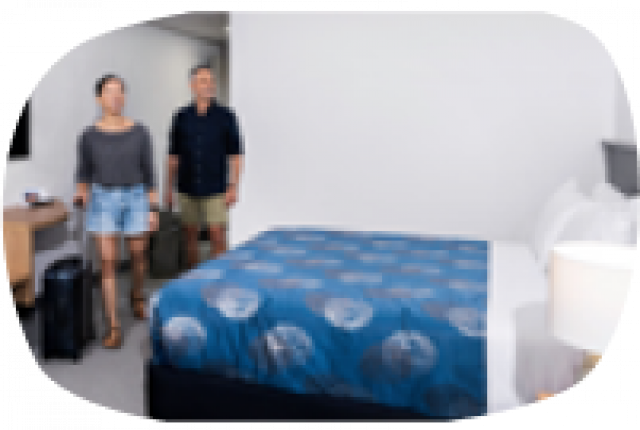
Accommodation
Places to stay. Hotels/motels, resorts, holiday house/apartments, campgrounds, cabins, bunkhouse.
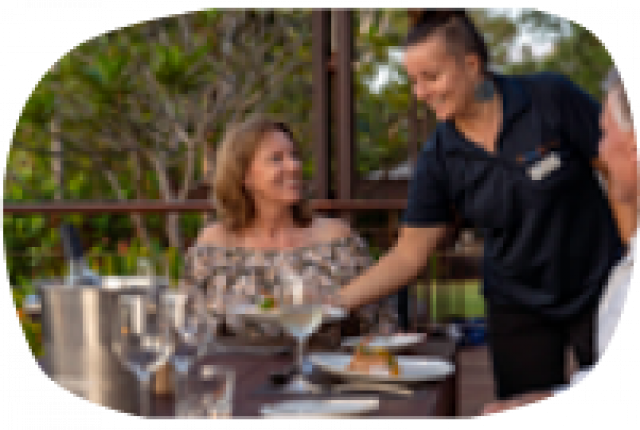
Food and drink
Places for visitors to dine (restaurant, café) or purchase food (take-away, supermarkets)
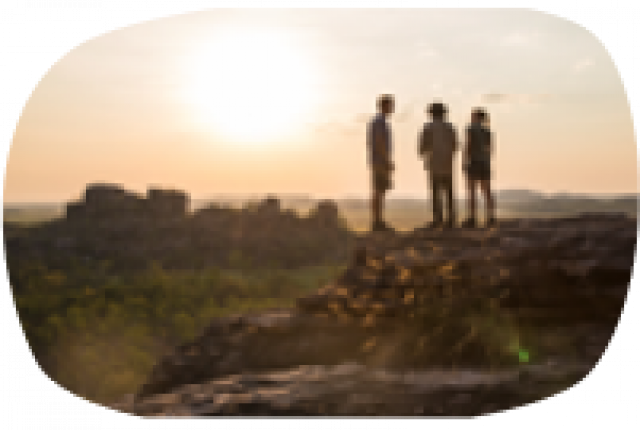
Journeys
Day trips, itineraries, trails, Great Walks, multi-day experiences (e.g. Art Trail).
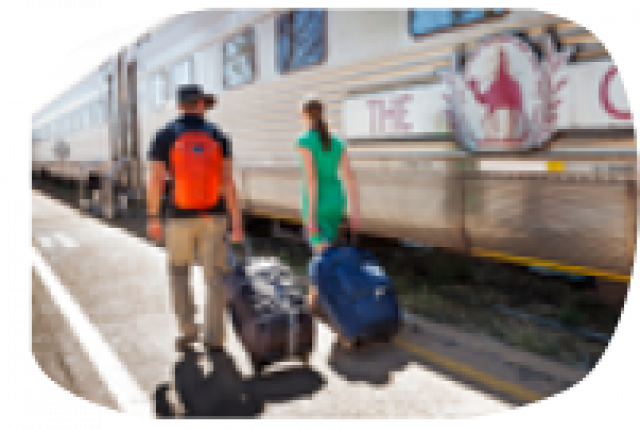
Transport and hire
Travel to, from and around by planes, cars, caravans, bus, train, boat or bike.

Tours and activities
Things to see and do. Workshops, tours (walking, bus, boat), adventure activities, events/festivals, shopping (retail, souvenirs).
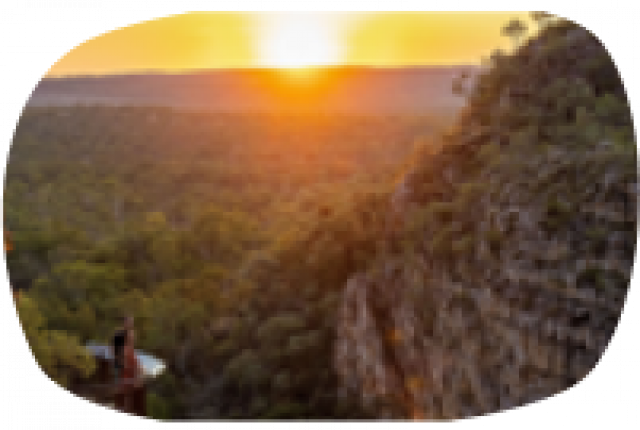
Attractions
Special natural, cultural and built places that visitors want to see or experience on their visit, national parks.
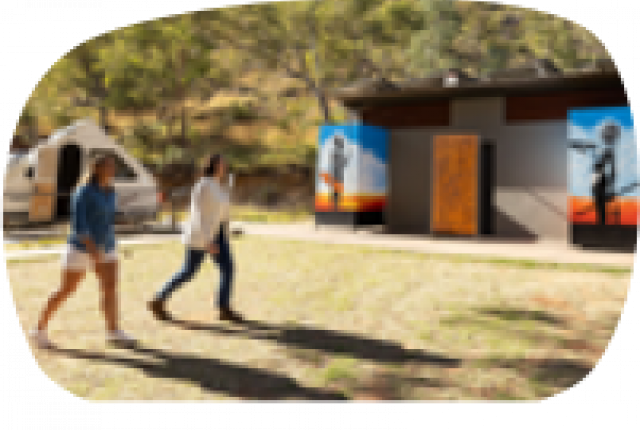
Infrastructure and telecommunications
Toilets, showers, picnic spots, shade, drinking water, car parks, WIFI, public phones, phone connectivity.

General services and information
Fuel stations, roadhouses, visitor information centres, ATM and banking, health and medical, mechanics, booking services, recreational facilities (e.g. playgrounds), waste and RV dump points, supermarkets.
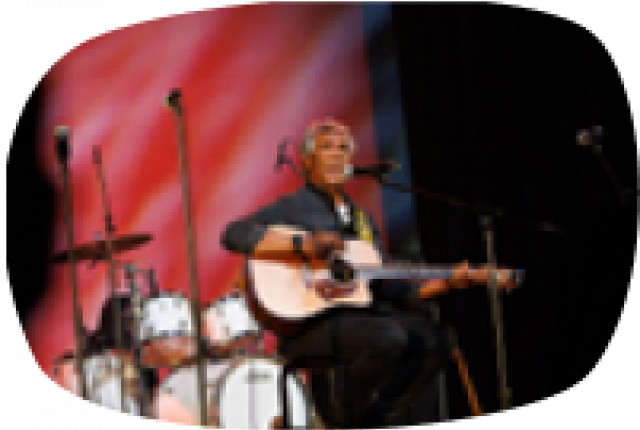
Events
For business, education, community, markets, open days, exhibitions and shows, festivals and celebrations (food, bush tucker, art and craft, music, culture), concerts and performances, sporting events, personal (weddings, anniversaries, family reunions, birthdays).
Adapted list from the Australia Tourism Data Warehouse (ATDW) categories
Visitor planning
When visitors are planning their travel they follow a visitor experience cycle from ‘wishing’ for a holiday through to planning, visiting and departing. As a tourism business it is important to connect with visitors at each of these stages.

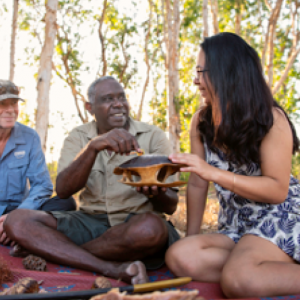
We want to start their journey with them. They look at pictures of our Country, get excited and want to visit. Or maybe they hear about our story from family or friends who have visited us already. We make a connection – talk to them on the phone or email. Then it’s real, they arrive and we welcome them to our Country. We make footprints together, share our knowledge, our stories, they meet our family and experience something they have never experienced before. Then they go home, taking a little bit of our spirit, our stories with them. They know much more than when they first arrived.
Victor Cooper
Owner/Operator Ayal Aboriginal Tours Kakadu
